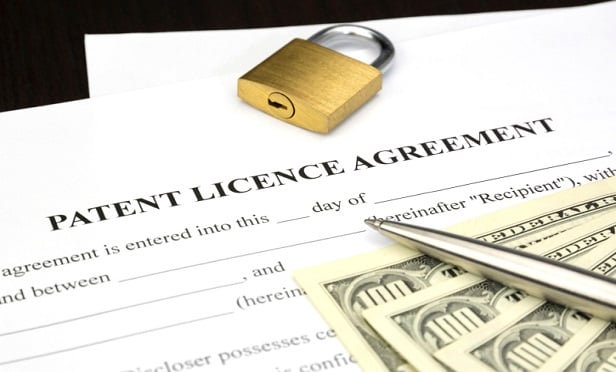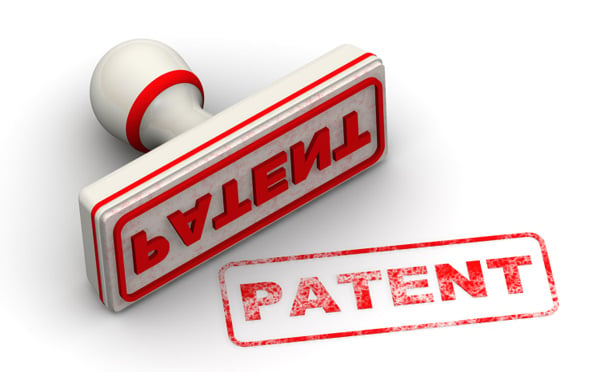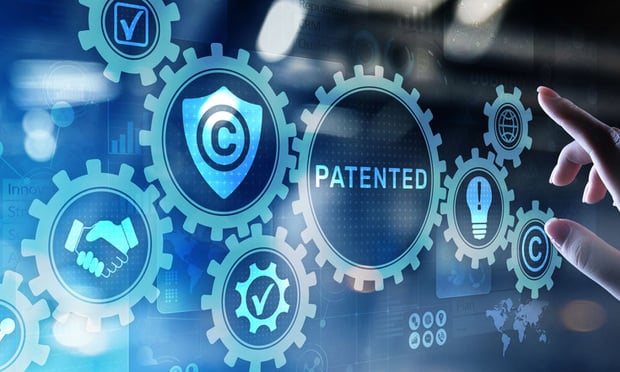Features

Federal Circuit Overrules 'Rosen-Durling' Test for Design Patent Obviousness
The downfall of the Rosen-Durling test will generally make it harder to obtain design patents and easier to invalidate design patents.
Features

Structuring Patent Licensing Agreements
Licensing inventions vis-a-vis the licensing of patents is not a new practice by any means. However, the explosion of innovation in industries such as technology and pharmaceuticals has placed patent licensing at the forefront of economic advancement.
Features

Emerging Legal Terrain: IP Risks from AI's Role In Drug Discovery
This article explores the benefits and risks of AI-driven drug discovery from the legal perspective. Since the law governing IP rights in AI-driven drug discovery is still in its infant state, any future legal development is likely to have significant implications in many areas.
Features

LLM Customization With A Path to Human Inventorship and Patent Rights
A statutory predicate to the contractual outcome regarding ownership of patent rights is the requirement of a sufficient contribution by a natural person in the effort that yielded the output. The issues implicated by this requirement are one development among more to come as patent law and policy try to catch up to proliferating AI technology.
Columns & Departments
IP News
Federal Circuit Weighs On the Patentability of Claims to Targeted Advertising Federal Circuit Clarifies the Result-Effective Variable Doctrine
Features

USPTO Issues New Guidance On Rejecting Patent Claims for Obviousness
The United States Patent and Trademark Office recently published new guidance explaining the requirements for patent examiners to reject patent claims for obviousness in view of what was already known in the prior art.
Features

Intellectual Property In Legal Tech: Lessons from Recent Cases
As technology continues to permeate the legal industry, the significance of IP in safeguarding innovations, ensuring fair competition, and fostering a culture of creative legal solutions becomes paramount.
Features

Beyond Language: How Multimodal AI Sees the Bigger Picture
The possibilities for patenting innovative applications of multimodal models across industries are endless.
Features

Protecting Technology-Assisted Works and Inventions: Where Does AI Begin?
Just like any new technology, efforts to protect and enforce intellectual property on AI-based technologies are likely to be hampered by a lack of both a unified governing framework and a common understanding of the technology.
Features

Recent Patent Trial and Appeal Board Approaches to Patent Claims on Medical Technology Implementing AI
Each decision involves reversal of a prior art rejection and contrasts with the other decisions on subject matter eligibility, revealing different PTAB approaches and results that can inform prosecution and appeal strategies.
Need Help?
- Prefer an IP authenticated environment? Request a transition or call 800-756-8993.
- Need other assistance? email Customer Service or call 1-877-256-2472.
MOST POPULAR STORIES
- Use of Deferred Prosecution Agreements In White Collar InvestigationsThis article discusses the practical and policy reasons for the use of DPAs and NPAs in white-collar criminal investigations, and considers the NDAA's new reporting provision and its relationship with other efforts to enhance transparency in DOJ decision-making.Read More ›
- The DOJ's Corporate Enforcement Policy: One Year LaterThe DOJ's Criminal Division issued three declinations since the issuance of the revised CEP a year ago. Review of these cases gives insight into DOJ's implementation of the new policy in practice.Read More ›
- The DOJ's New Parameters for Evaluating Corporate Compliance ProgramsThe parameters set forth in the DOJ's memorandum have implications not only for the government's evaluation of compliance programs in the context of criminal charging decisions, but also for how defense counsel structure their conference-room advocacy seeking declinations or lesser sanctions in both criminal and civil investigations.Read More ›
- State Law Requiring Offer to License Conflicts With Copyright ActA federal judge has sided with the Association of American Publishers (AAP), finding in June that a recently enacted Maryland library e-book law conflicts with federal copyright laws.Read More ›
- Bankruptcy Sales: Finding a Diamond In the RoughThere is no efficient market for the sale of bankruptcy assets. Inefficient markets yield a transactional drag, potentially dampening the ability of debtors and trustees to maximize value for creditors. This article identifies ways in which investors may more easily discover bankruptcy asset sales.Read More ›
